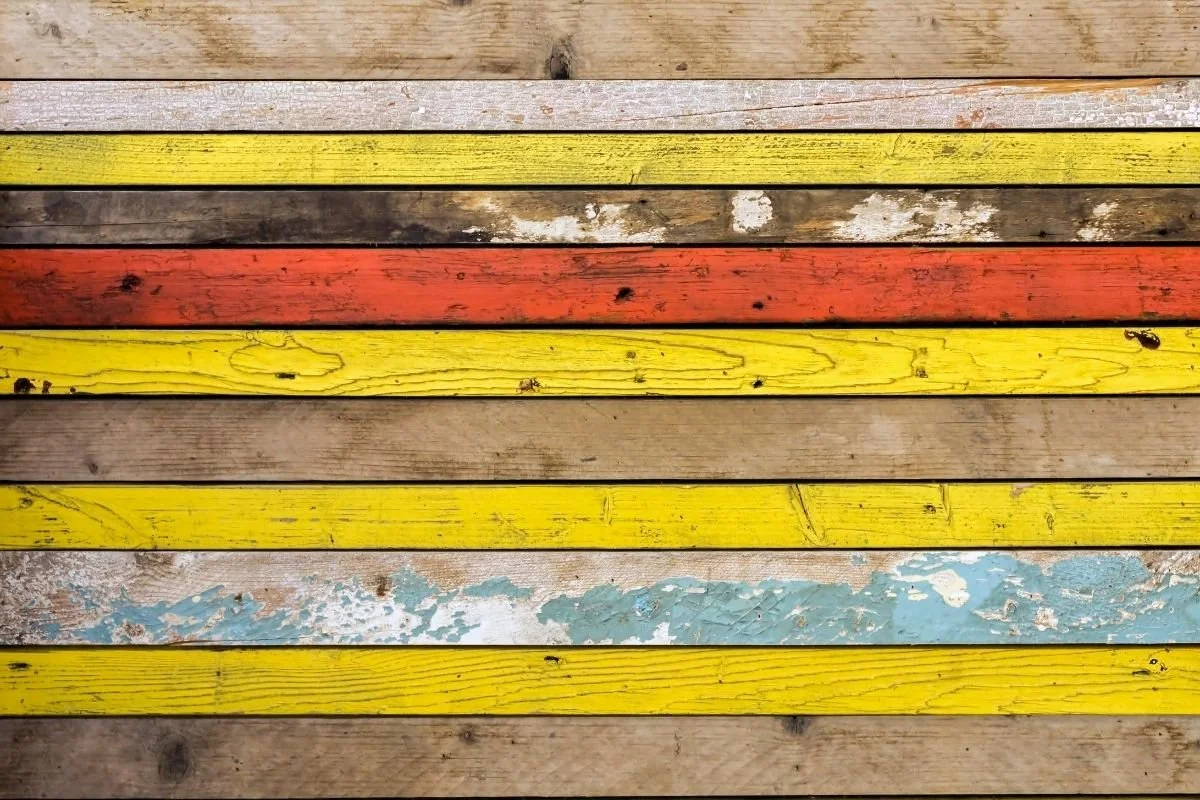Recommended Alternatives to Fibrolite Cladding
Fibrolite cladding, sometimes referred to as fibrous asbestos cement sheet and AC sheet, is a cladding type from the 1940s once raved about for its affordability, safety, versatility, and fire retardancy.
It was made of thin concrete reinforced with asbestos fibres and quickly became the building material of choice for cladding, roofing, and imitation shingles, slate, stone, and brick.
However, as we now know, fibrolite cladding was anything but the miracle product it was made out to be. It contained a hazardous and even deadly material that still kills tens of thousands of people each year: asbestos.
Now, homeowners are picking up the pieces by having to replace their dangerous fibrolite cladding with something we know to be safe. So, what are the options? Essentially anything else, such as some of the following:
Timber and Weatherboard Cladding
One of the primary reasons fibrolite cladding became so popular was due to many parts of New Zealand experiencing timber shortages. Fibrolite was a non-timber alternative, but one that could be made to look like timber.
Therefore, it makes complete sense for homeowners with fibrolite cladding to replace it with the real deal – or even another non-timber alternative! Some homeowners prefer the authenticity and clean lines of timber weatherboards, while others like the low maintenance aspect of timber-look weatherboard cladding.
Typically, these products are made with non-asbestos fibre cement, engineered timber, steel, and even vinyl. They are easy-care, easy-clean, and as authentic-looking as timber gets.
Natural Stone
While a less affordable option than timber and weatherboard cladding, you might decide to reclad your home in natural stone (with council code-compliance). Schist, slate, and granite are all popular options in New Zealand, particularly as they promote excellent insulation and energy efficiency while simultaneously minimising your property’s carbon footprint.
Many natural stone cladding options are also non-absorbent and non-porous, allowing for optimum weather resistance and protection from moisture – a homeowner’s dream.
Fibre Cement
Some homeowners weigh up their recladding options after realizing that their fibrolite cladding is in a state of disrepair. Once asbestos materials are broken or altered in some way, they can become hazardous and are generally safest to remove.
If you like how your home otherwise looks, replacing it with a similar cladding option like fibre cement might be worth your while. Fibre cement is made with a mixture of cement, sand, and cellulose fibres and is often considered quite an energy-efficient cladding option. It can also be installed in boards or sheets, allowing you to get creative with the finish to suit your preferences.
While fibre cement is undoubtedly a less attractive option in many respects compared to weatherboards and natural stone, it’s a cost-effective cladding alternative to fibrolite. Any homeowners on a budget might like to discuss this option with their asbestos removal team and builders.
Metal Cladding
If you’re tired of dealing with broken cladding materials that make your home look worse for wear, metal cladding might be an option you consider after removing fibrolite cladding. You can purchase profiled metal cladding in options like aluminium composite panels and enjoy a range of profiles like five-rib trapezoidal and corrugated.
Not only is metal cladding robust and easy-care, but it’s also striking in its design. Any previously tired and dated-looking home can nearly blend in with homes built today.
Brick and Brick Veneer
If you live somewhere warm or coastal, you might struggle to find cladding that ticks all the boxes for your needs. You want something stylish, but you also want materials that will last the distance. Brick and brick veneer might tick that box.
Brick can withstand the effects of the elements while being aesthetically pleasing at the same time. While it’s not the most cost-effective option, it’s undoubtedly one of the strongest.
However, a lightweight option you consider might be brick veneer. While it looks similar to natural bricks, it can be easier to install and can also be an interior and exterior product for your property.
Both brick and brick veneer also doesn’t require any painting, which means they are a low maintenance option that can look in perfect condition on your home for years to come.
What to Do If Your Home Has Fibrolite Cladding
Not everyone knows what materials are present in their home. You might not be familiar with asbestos, or you simply weren’t aware that asbestos cladding even existed.
However, if it has been brought to your attention that your property has fibrolite cladding, you have a couple of different options for what you do next. Firstly, you can contact an asbestos removal company to undertake testing. A lab analysis can confirm the presence of asbestos.
An asbestos removal company can also inspect the quality of your cladding so that you know if it’s in good condition or in a state of disrepair. If it’s in good condition, you can maintain it with regular coats of paint. If it’s damaged, recladding may be your best and safest option.

